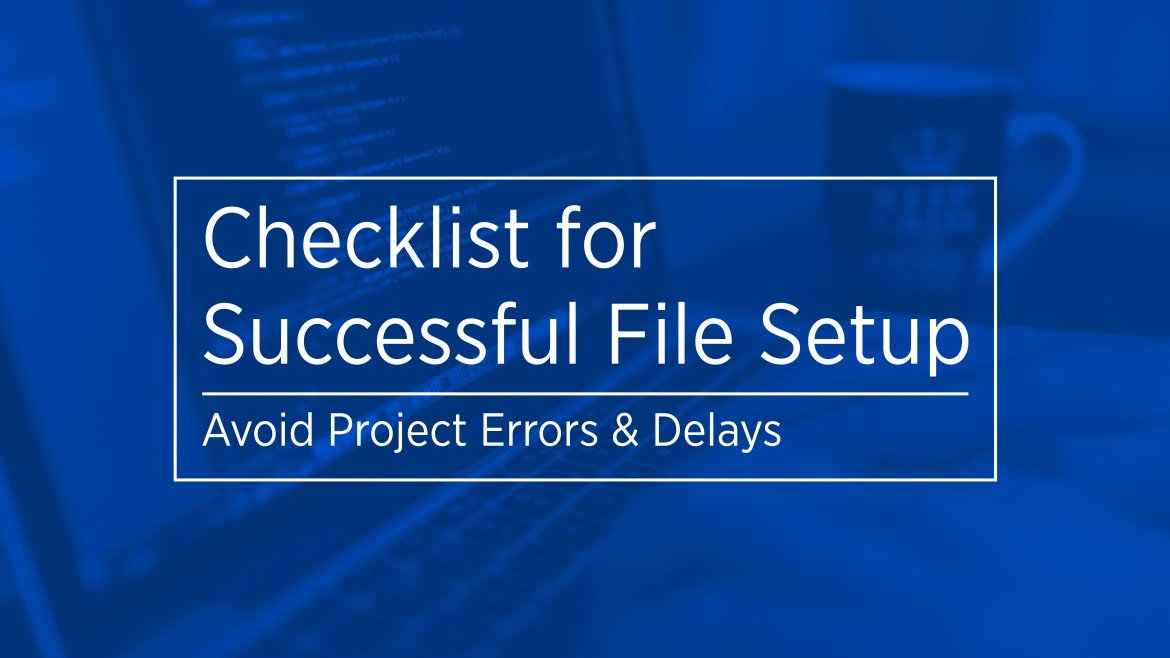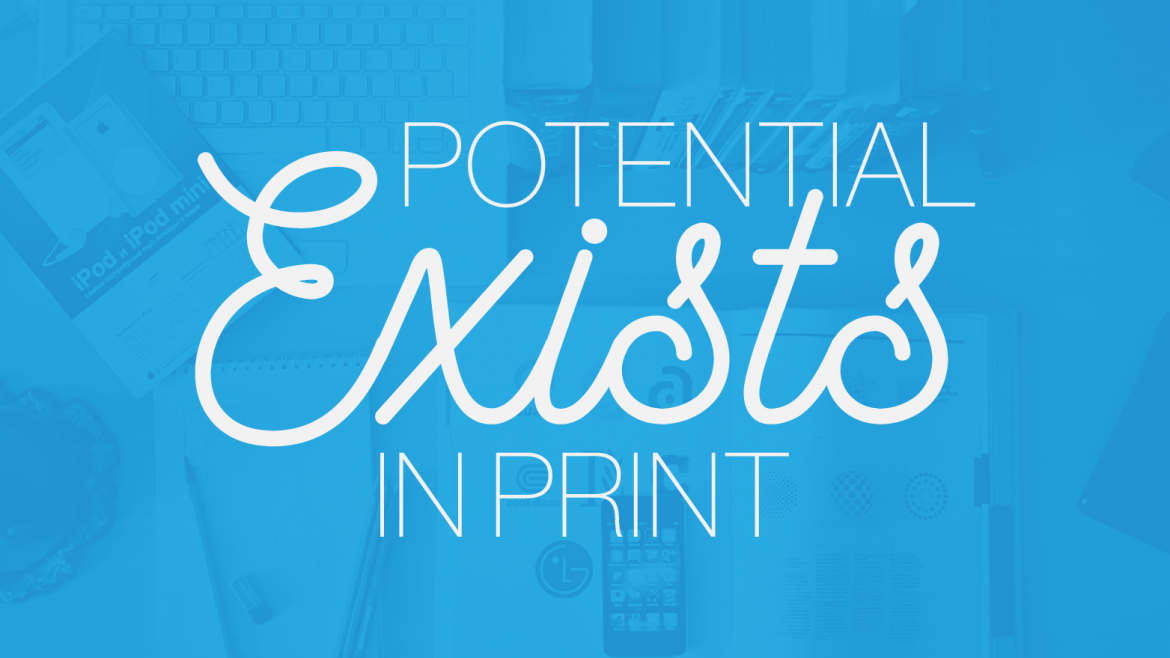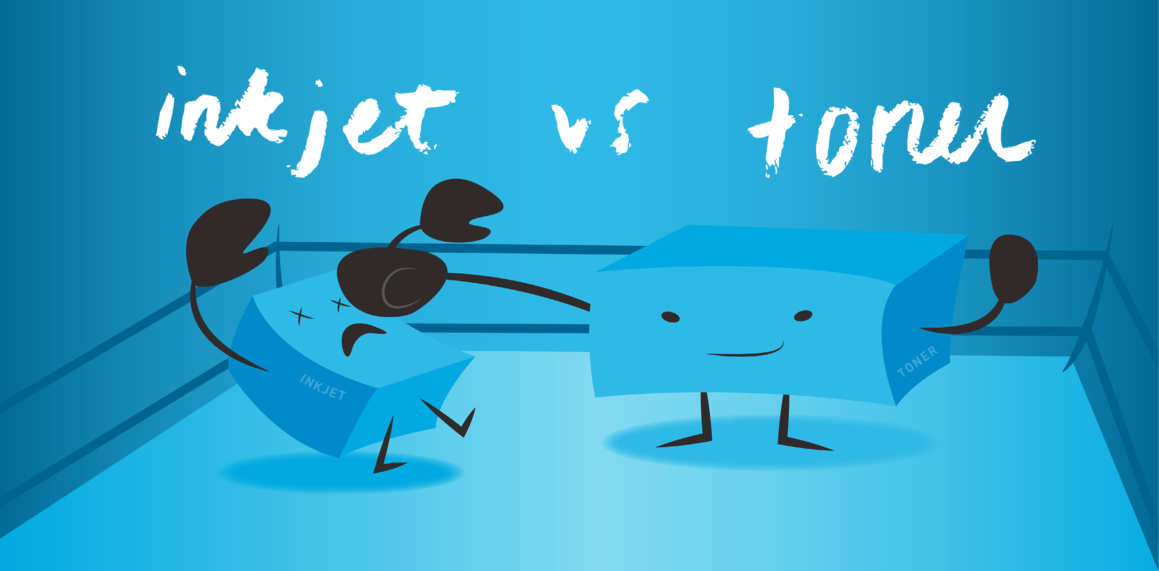Digital Technology has Disrupted the Specialty Graphics Industry
https://perfectcommunications.com/wp-content/uploads/2015/12/digital4-1024x512.png 1024 512 admin admin https://secure.gravatar.com/avatar/3f0ab219d4f408464f131b4180b1da5119b8392a5155a011682c7587c73fc755?s=96&d=mm&r=gBy Joe Olivo
I recently had the pleasure of traveling to Atlanta to attend the SGIA Expo, which is the Specialty Graphic Imaging Association’s annual event. Like most trade shows, the expo brings together vendors, printers, manufacturers and other industry professionals to see new equipment and discuss trends. In the case of SGIA, the focus is the digital and screen printing of large format and soft materials. We’re talking point-of-sale signs, trade show displays, textiles, banners, window displays, vehicle wraps, floor and wall graphics. You name the material and they’re probably printing on it.
This was my first time attending the expo. Much of what I saw was new and eye-opening. But there, among the 23,000 attendees, new product lines and educational sessions lurked a familiar friend: digital technology.
It is not an overstatement to say digital technology has thoroughly disrupted the commercial printing industry. In fact, advances in digital printing are slowly eroding many of the traditional printing processes, like offset, that have forever been the foundation of our industry. Most, if not all, large commercial printers have become hybrid shops, using both traditional and digital technologies to deliver print services. Perfect has been a hybrid shop for almost 10 years now.
Although not much of a surprise when I think about it after the fact, I was impressed, and in some awe, to see how digital technology has disrupted the specialty graphics industry. The SGIA expo used to be the domain of screen printers. Screen printing is the “analog” technology of the specialty industry. With the impact of digital, the event has grown tremendously. It is now a much more diverse community. Richard Romano, industry analyst and author, says today’s large format specialty graphics industry consists of companies that moved into it from other places. You see this reflected in the numbers. According to the SGIA 2015 Industry Survey, just 2% of specialty printers consider themselves to be “analog only,” or screen printers. About 40% of the survey’s respondents are “digital only” printers. Around 30% consider themselves to be multi-technology shops, using both analog and digital printing.
Just like in commercial printing, digital technology has brought cost-effective, good-quality short run opportunities to the specialty industry. Digital still is not the best at color matching, and it does not handle specialty inks like metallics well. But it has improved quickly. Specifically, speed, image quality, color reproduction and consistency have all gotten better in digital specialty printing. This has given clients the opportunity to use large format and soft materials that were once only available to large companies that could afford large runs. Today, it is possible to cost-effectively print just one building wrap, or wall graphic or window display. This is great news for smaller companies who want to express their brand in ways that were too expensive.
This is an opportunity for commercial printers who are familiar with the digital processes to consider new specialty graphics services. We’ve done large format printing on rigid and roll-fed materials for a few years now. What is potentially up next for us is figuring out how we can provide digital printing on soft materials. As advancement in digital technology knocks down even more barriers, additional specialty graphics opportunities will open up for commercial printers. It’s funny what you can learn bumping into an old acquaintance unexpectedly.










